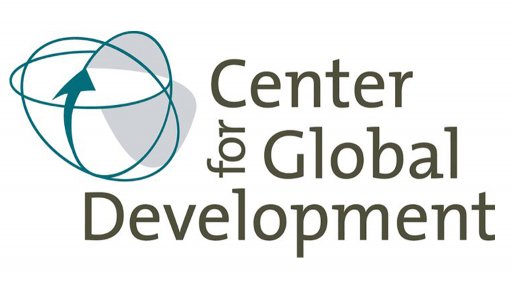
We wrote this paper before the current COVID-19 crisis, as background to a shorter article to be published by the Paris Club later in 2020. No doubt the debt landscape will change as the financing to help developing countries confront COVID-19 and its aftermath evolves. However, we believe that the lessons we draw for dealing with low-income country debt will be even more pertinent in the months and years to come.
The evolution of the problem
Around the turn of the century, there was a broad recognition that the debt burden of many developing countries was impeding their growth. Much of the debt had accumulated in the context of the Cold War and had not resulted in productive investment. In the face of sluggish economic growth, debt service was eating up an increasing share of budgetary spending, preventing countries from engaging in productive investment in human and physical capital. And even where countries were no longer making service payments, the uncertainty posed by the outstanding debt stock was a disincentive for investors to finance new projects. With considerable outside political pressure, bilateral and multilateral creditors decided that the best course was to forgive existing debt to low-income countries (LICs) in conjunction with a track record of sound economic policies. Thus, the Heavily Indebted Poor Countries Initiative (HIPC) was born in 1996, followed by the Multilateral Debt Relief Initiative (MDRI) in 2005.
Report by the Centre for Global Development